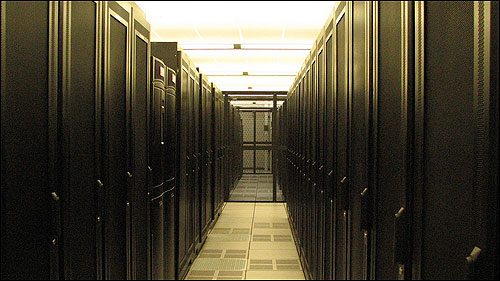
The Asia-Pacific IT industry is entering a ‘nexus of forces’, where the integration of big data, cloud computing, social collaboration and mobile technologies will drive innovation and new business models in the region, according to Gartner.
During a keynote address at Gartner’s Symposium/ITxpo in Australia this week. Gartner senior vice president and global head of research Peter Sondergaard noted that as the global economy improves in 2013, Asia will remain as one of the bright spots of the global IT market.
“An increasing number of successful Asian companies — particularly from China and India — are enjoying double-digit growth rates and will substantially grow their geographic footprints, making significant investments in major Western markets through 2015,” Sondergaard said in a statement Wednesday.
“Consequently, these organisations will be responsible for major hiring of IT professionals to support their growth at a time when Western companies will still be coping with the impact of the economic crisis,” he added.
Key to this growth is the area of big data, where companies employ technologies to make sense of growing pools of structured and unstructured data to glean useful business insights.
By 2015, 4.4 million IT jobs will be created globally to support big data, of which 960,000 jobs will be in Asia. However, a shortage of expertise to make sense of the glut of data means governments and organisations will need to focus on developing analytical skills to stay competitive.
“Big data is about looking ahead, beyond what everybody else sees,” Sondergaard noted. “You need to understand how to deal with hybrid data, meaning the combination of structured and unstructured data, and how you shine a light on ‘dark data.’
“Dark data is the data being collected, but going unused despite its value. Leading organisations of the future will be distinguished by the quality of their predictive algorithms. This is the CIO challenge, and opportunity,” he said.
Cloud as the foundation
According to Gartner, the cloud provides computing power not just for analysing big data, but also for delivering mobile and social media applications.
“The cloud is the carrier for the three other forces: mobile is personal cloud, social media is only possible via the cloud, and big data is the killer app for the cloud. Cloud will be the permanent fixture, the foundation,” Sondergaard said.
“We are just at the beginning of realising the cost benefits of cloud, but organisations moving to the cloud are also attracted by the new capabilities they do not get today. It is bringing new approaches to designing applications, specifically for the cloud, and providing more resilience by architecting failure as a design concept.”
With over 1.6 billion smart mobile devices expected to be sold by 2016, IT chiefs would also need to learn how to harness mobile technologies to improve employee productivity, customer service and operational processes.
“Mobile is about computing at the right time, in the moment. It is the point of entry for all applications, delivering personalised, contextual experiences,” Sondergaard said. “It means marketing gets more time with the customer; employees become more productive and process flows get dramatically cut.”
As a sign of things to come, 20 percent of companies will use tablets as the primary mobile platform for their sales force by 2014, according to Gartner. And by 2018, 70 percent of mobile workers will use a tablet or a hybrid device.
Not surprisingly, building a social enterprise will become even more important in the next three years. “Social computing is moving from being just on the outside of the organisation to being at the core of business operations,” Sondergaard said.
“It is changing the fundamentals of management: how you establish a sense of purpose and motivate people to act. Social computing will move organisations from hierarchical structures and defined teams to communities that can cross any organisational boundary”.
Photo Credit: Flickr user SunGardAvailabilitySvcs – Creative Commons





